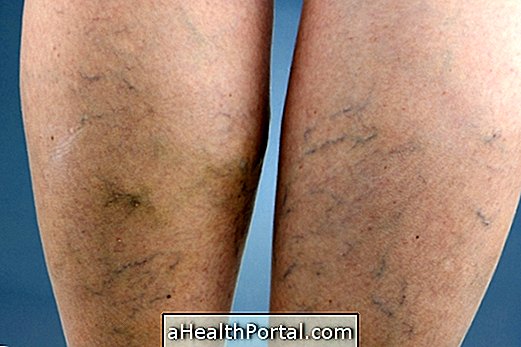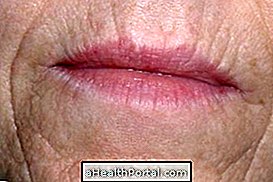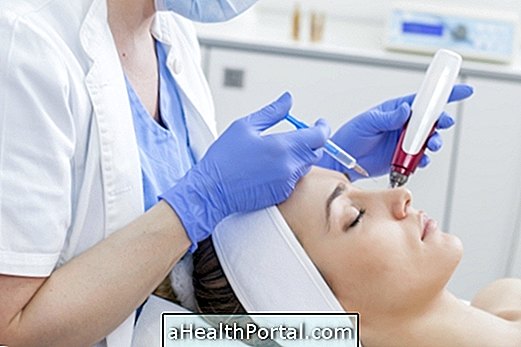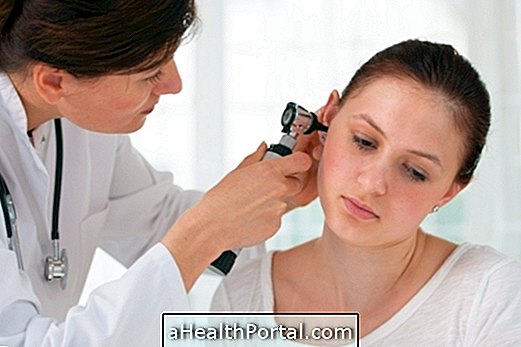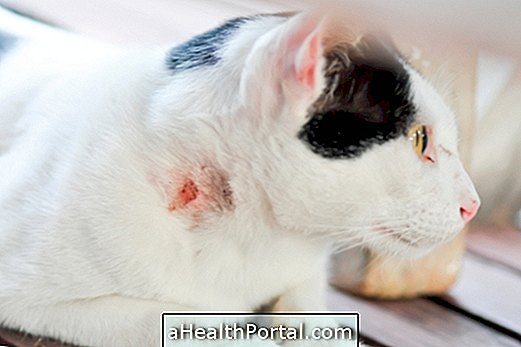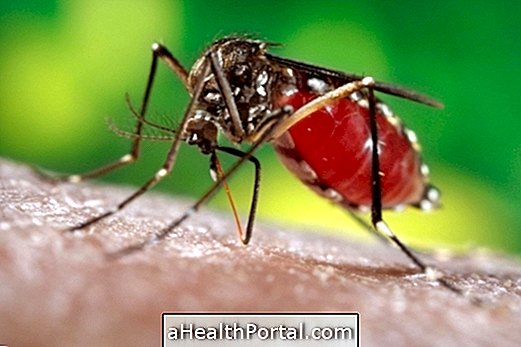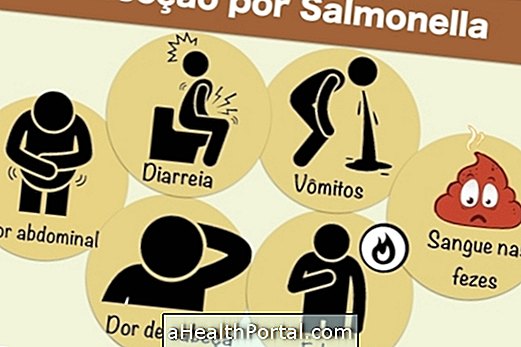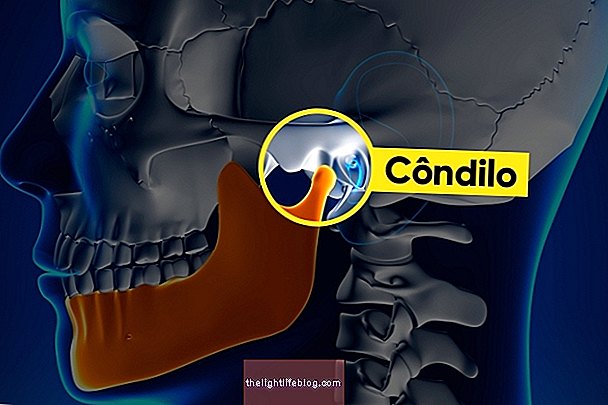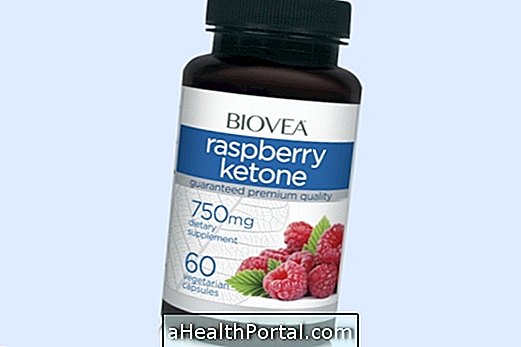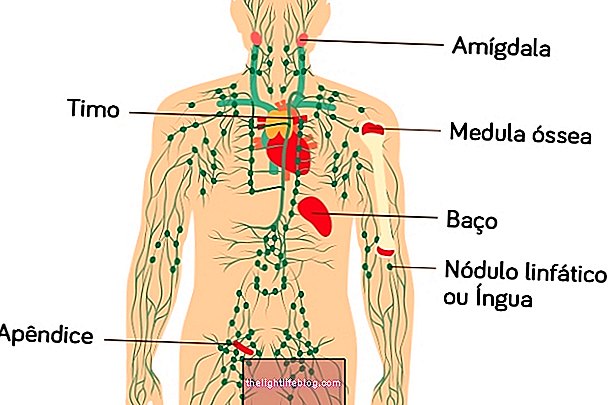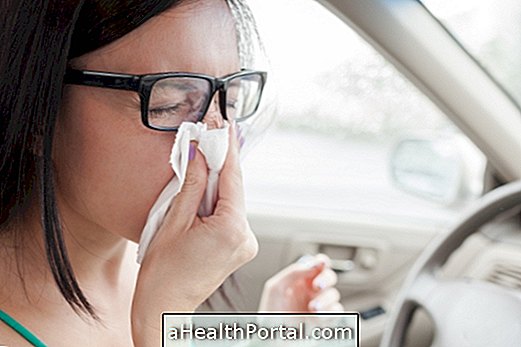After getting a tattoo it is very important to take care of the skin, not only to avoid a possible infection, but also to ensure that the design is well defined and the colors are maintained for many years.
That way, tattoo care should start right after you leave the tattoo studio and stay for a lifetime.
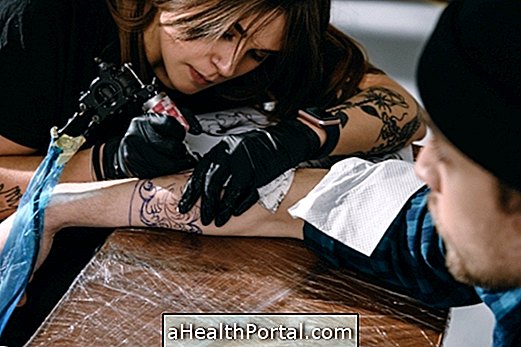
What to do on the first day
After tattooing, the skin is severely damaged and, therefore, there is a high risk of infection, since bacteria and viruses can reach more easily inside the body. So, right from the moment you leave the tattoo studio it is important to keep the skin protected with a piece of cellophane or plastic film for at least 4 hours. But this time can vary according to each tattoo, and should always receive guidance from the tattoo artist.
Then the plastic should be removed to avoid creating a hot and humid environment where bacteria can multiply more easily. On this day it is still important to wash the tattoo and apply a healing cream, to stimulate the faster recovery of the skin. See the care you should take at the time of tattooing to avoid infection.
What not to do in the first few days
Although there are some habits that can be done to reduce the risk of infection, there are also others that should be avoided in the first 4 weeks to ensure better healing, such as:
- Do not remove the cones that begin to form in the first 4 days after the tattoo, as they may still be attached to deeper layers of the skin where the paint is still lodged;
- Do not scratch the tattoo as it can aggravate skin irritation and promote the onset of an infection due to the presence of bacteria underneath the nails;
- Do not immerse the tattoo in water, especially in public places like swimming pools or beaches, because the great part of the bacteria develops in the water, increasing the risk of infection;
- Avoid sunbathing, because UV rays cause inflammation of the skin and may end up shifting the layers of tattoo ink, in addition to delaying healing;
- Avoid passing excess cream on the tattoo, especially creams with pretoleo, as they create a barrier that prevents the skin from breathing and healing properly;
- Do not wear tight clothing as it avoids the breathing of the skin and may also end up pulling on the skin peels that help in healing.
In addition, it is also important to be careful about returning to physical activities because sweat production may end up dislodging ink that has not yet accumulated in the deeper layers of the skin, as well as being a place with a lot of dirt, which can end increasing the risk of infection. Therefore, the return to the gym or physical exercise must be postponed for at least 1 week.
How to Wash Your Tattoo
The first wash of the tattoo is very important to ensure proper healing and prevent the development of an infection as it helps to remove the remains of blood and dead cells. However, before washing the tattoo site, it is very important to wash your hands, to remove most of the bacteria and prevent them from reaching the tattooed skin.
Afterwards, running water over the tattoo site should be wiped lightly with your fingers, avoid using a sponge or some type of cloth and then pass a mild antibacterial soap on the skin. Ideally, the water should be warm without causing water vapor because the heat can lead to the opening of the pores of the skin, facilitating the entry of bacteria and allowing the paint to move inside the skin.
Lastly, you should dry your skin well, using disposable paper towels or allow it to air dry, as conventional towels, besides having a larger number of bacteria, can also be rough on the skin, causing irritation.

How to reduce swelling and redness
Skin swelling and redness are very common in the early days after tattooing due to the trauma caused by the tattoo machine, however, it is a natural healing process and therefore should not be cause for alarm.
The best way to reduce these symptoms more quickly is to always keep the skin clean and dry, and to pass several times a day a healing ointment, such as Nebacetin or Bepantol Derma, for example. See other options for healing ointments.
How to relieve itchy tattoo
After about 1 week, it is natural for a constant itching sensation to appear at the tattoo site, which is caused by the appearance of the cones that make the skin dry and itchy. That way, a good way to relieve itching is to moisturize the skin well, using an extremely dry skin cream such as Nivea or Vasenol, for example.
You should still avoid scratching the skin with your nails, even if the sensation is very intense, and you can only lightly tapas to try to reduce the sensation. The bushes that are forming also should not be removed, since it is normal that they fall over time in a completely natural way. These shells can often be the color of the tattoo, but they do not mean that the paint is coming out.
What care should be kept forever
The tattoo is usually healed after 1 or 2 months but skin care should be maintained for a lifetime, especially to ensure that the tattoo design remains well defined and the color stays the longer. So, some important cares include:
- Spray a moisturizer every day;
- Wear sunscreen whenever tattooed skin needs exposure to the sun;
- Avoid bumps or cuts in the tattoo area;
- Drink about 2 liters of water per day.
In addition, having a healthy lifestyle and eating a balanced diet also helps to ensure the health of the skin and, therefore, allows the tattoo to remain always beautiful and well demarcated. Here's an example of nutrition that helps maintain overall health.
When to go to the hospital
In most cases, the tattoo heals easily and without major complications, however, it may be advisable to go to the hospital if symptoms such as:
- Skin with very intense redness;
- Bleeding tattoo;
- Swelling of the tattoo site;
- Strong pain at the tattoo site.
In addition, other more general symptoms such as fever above 38 ° C or feeling tired may also indicate an infection and, if they do occur, should be reported to a general practitioner.
